Greetings, container home enthusiasts! It’s Emily Owens here, your go-to source for all things container home-related. Over the past four years, we’ve covered a wide array of topics, from space-saving hacks to creative interior designs that can turn a humble shipping container into a cozy abode. Today, we’re diving into a hot topic: incorporating renewable energy sources into container homes.
Container homes have gained popularity not just for their cost-effectiveness and eco-friendliness but also for their versatility in design. With the growing concern for our planet, integrating renewable energy sources into these sustainable structures is a brilliant idea. Let’s explore some exciting options and how they can help you create an eco-friendly container home.
Solar Power: The Sunlit Savior
First on our renewable energy journey is the shining star of green energy – solar power. Container homes, with their flat rooftops, are a perfect canvas for solar panels. Solar panels convert sunlight into electricity, reducing your carbon footprint and saving you money on energy bills.
Imagine sipping your morning coffee in your container home while knowing that your fridge, lights, and gadgets are powered by the sun. It’s a delightful thought, isn’t it?
One outstanding example is the Solar Shipping Container House in Colorado. This ingenious container home boasts a sleek design with solar panels neatly integrated into its roof. The result? An energy-efficient dwelling that allows its occupants to enjoy modern comforts while treading lightly on the environment.
Wind Power: Harnessing the Breeze

If you’re lucky enough to live in a windy area, you might want to consider wind turbines as a source of renewable energy. Container homes, typically found in more rural or remote settings, can benefit greatly from the power of the wind.
The Windy Container Retreat in Oregon is a testament to this idea. This container home is powered by a small wind turbine that generates electricity from the prevailing winds. It’s a prime example of how container homes can be self-sufficient even in off-grid locations, all thanks to wind power.
Hydroelectric Power: Flowing Towards Sustainability
Container homes near water sources can tap into the potential of hydroelectric power. While this may require more extensive setup than solar panels or wind turbines, it’s a fantastic option for homes situated by rivers or streams.
One remarkable container home, known as the Hydro-Container House in New Zealand, utilizes a small hydroelectric system to generate electricity. The flowing water drives a turbine, converting kinetic energy into electricity, making this container home not just sustainable but also incredibly unique.
Biogas: Turning Waste into Energy
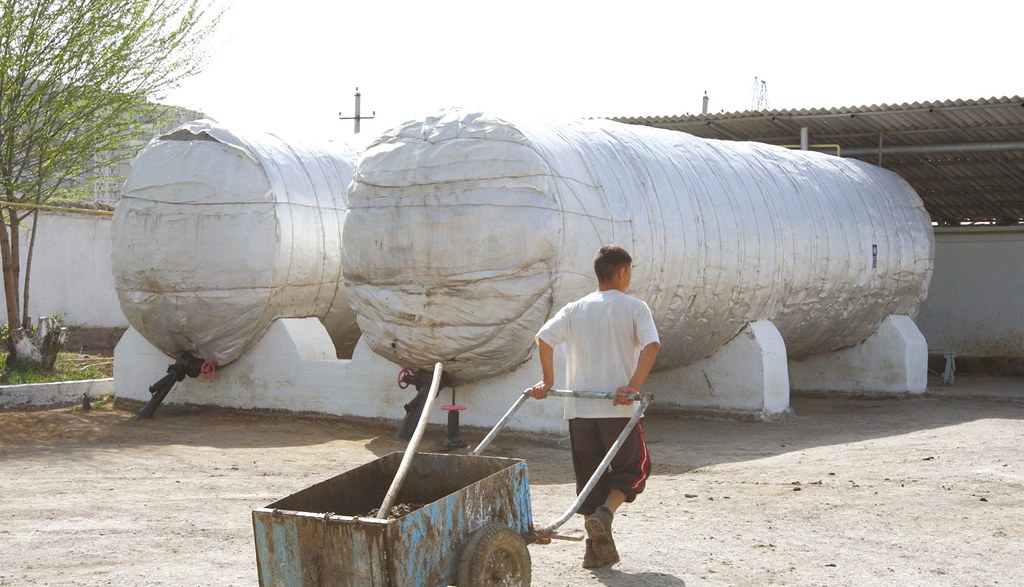
Now, let’s talk about an unconventional but fascinating renewable energy source – biogas. Biogas is produced through the decomposition of organic waste, such as food scraps and sewage. Container homes with composting toilets and a garden can turn this waste into a valuable resource.
The Bio-Container House in California is a prime example of this innovation. It features a closed-loop system where waste is converted into biogas, providing both electricity and heat. It’s a brilliant way to reduce waste and energy costs simultaneously.
Geothermal Heating and Cooling: Earth’s Natural Temperature Control
For container homes situated in regions with extreme temperature variations, geothermal heating and cooling systems can be a game-changer. By tapping into the Earth’s stable temperature, these systems efficiently heat and cool your home, reducing your reliance on traditional HVAC systems.
The Geothermal Container Home in Iceland showcases how this technology can be integrated into container homes. Iceland’s chilly climate and geothermal activity make it the perfect place for such experimentation. Imagine having a cozy, warm container home in the heart of winter without astronomical heating bills.
Battery Storage: Saving Sunlight and Wind for Later
Let’s not forget about the power of energy storage. Battery systems, such as lithium-ion batteries, are crucial for ensuring a continuous power supply in container homes. They store excess energy generated from renewable sources during the day or when the wind is blowing, allowing you to use it at night or during calm days.
The Battery-Backed Container Cabin in Arizona is a fantastic example. Equipped with state-of-the-art battery technology, this container home ensures uninterrupted power supply even when the sun takes a break. It’s like having your own little power plant right at home.
Conclusion
Incorporating renewable energy sources into container homes isn’t just about saving money on utility bills; it’s about embracing a sustainable and eco-friendly lifestyle. Whether you choose solar power, wind turbines, hydroelectric systems, biogas, geothermal solutions, or a combination of these, you’re contributing to a greener future.
As container home enthusiasts, we have the unique opportunity to show the world that comfortable, modern living doesn’t have to come at the expense of our planet. So, go ahead and explore these renewable energy options, and let your container home shine as a beacon of sustainability.
Remember, container homes are not just a dwelling; they’re a canvas for innovation and a testament to the power of sustainable living. Let’s keep pushing the boundaries of what’s possible and continue to make our container homes greener, one renewable source at a time. Happy container home crafting!











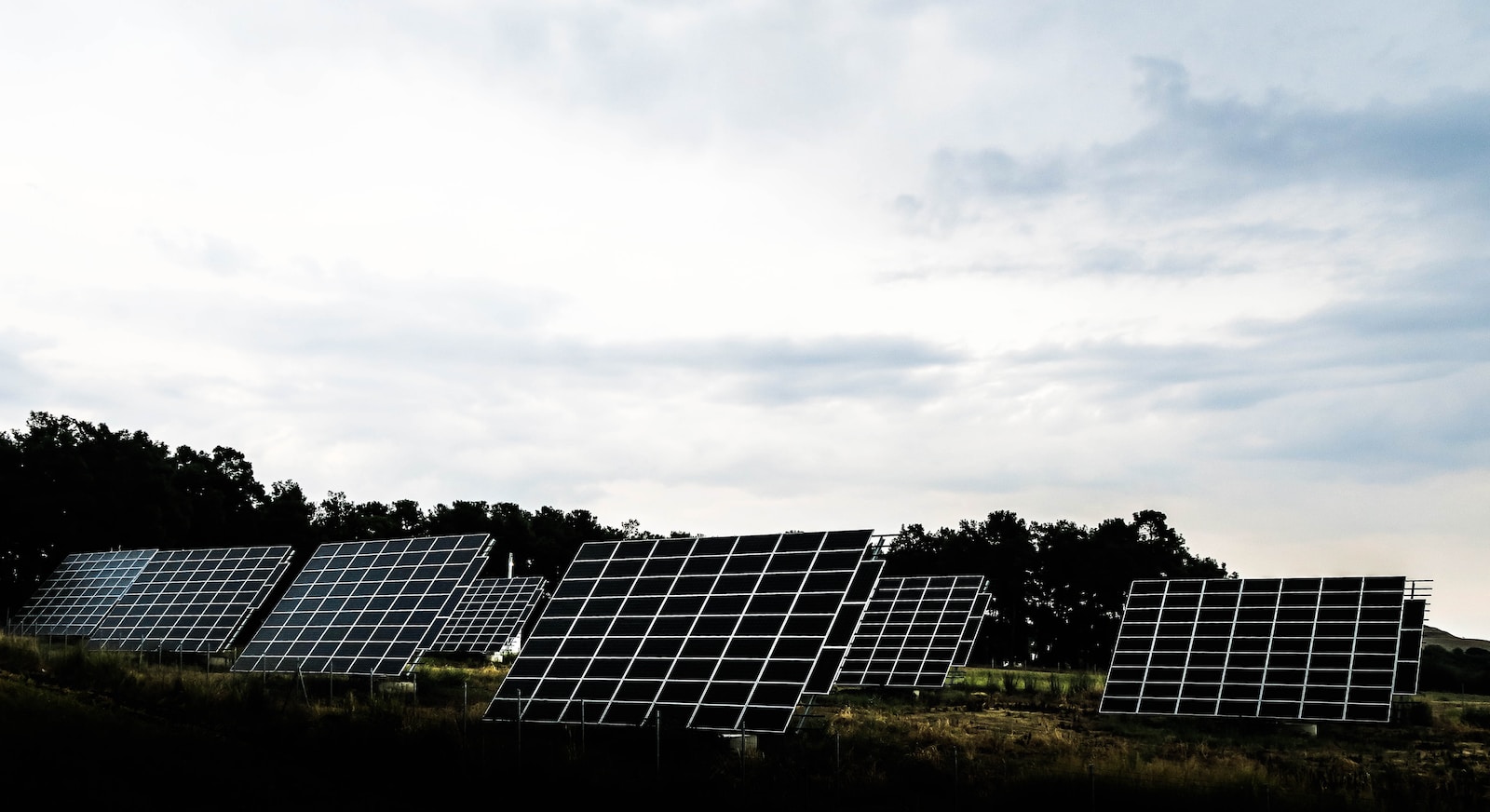
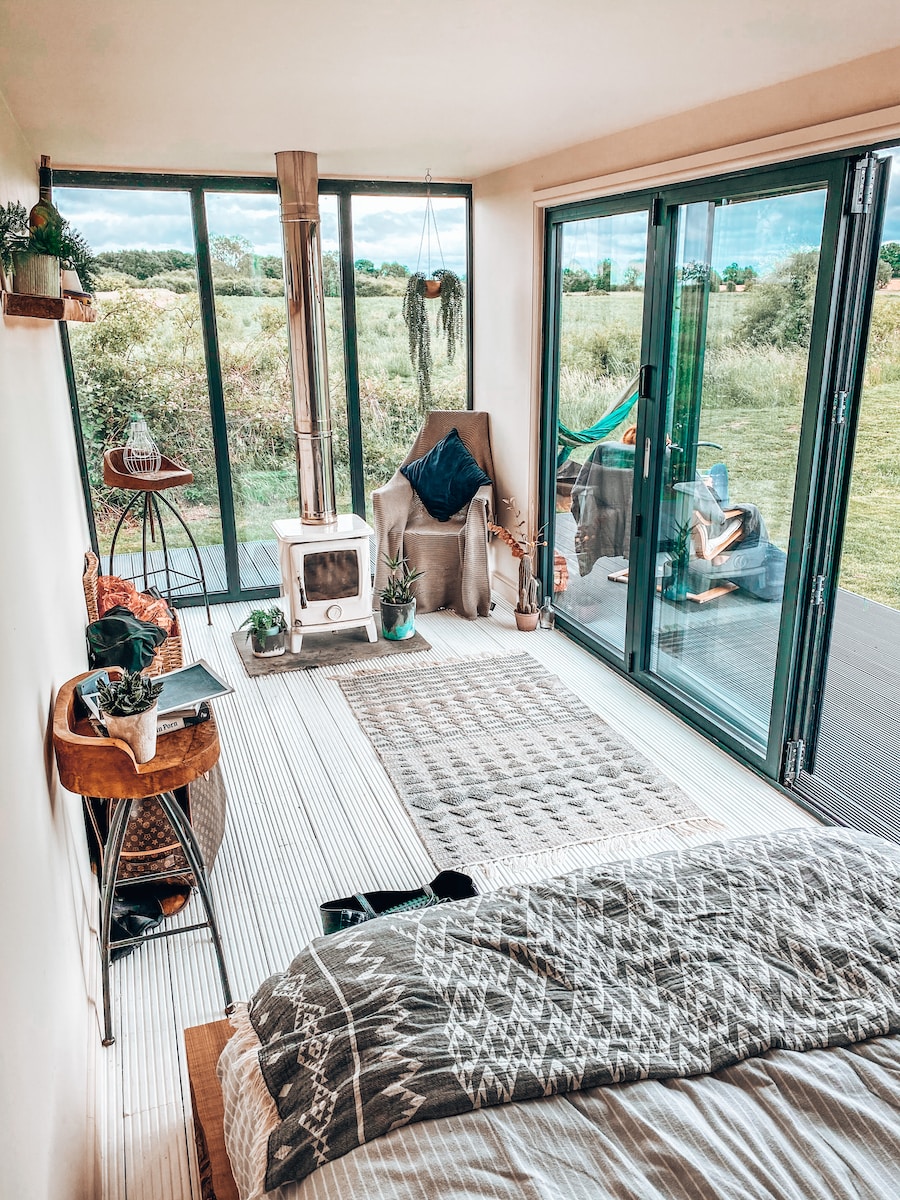





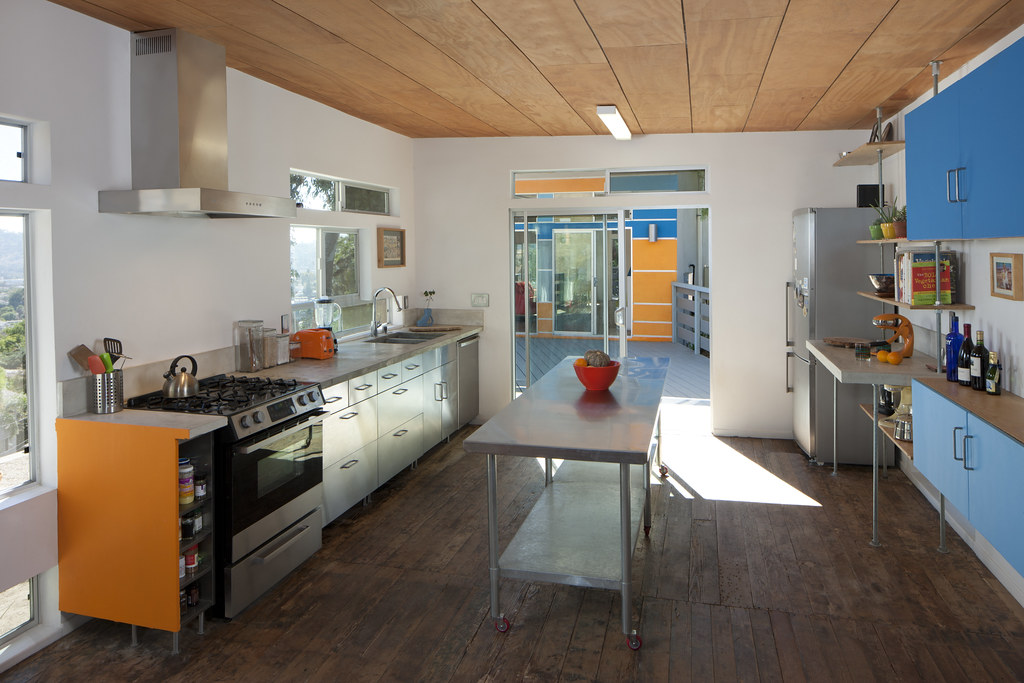
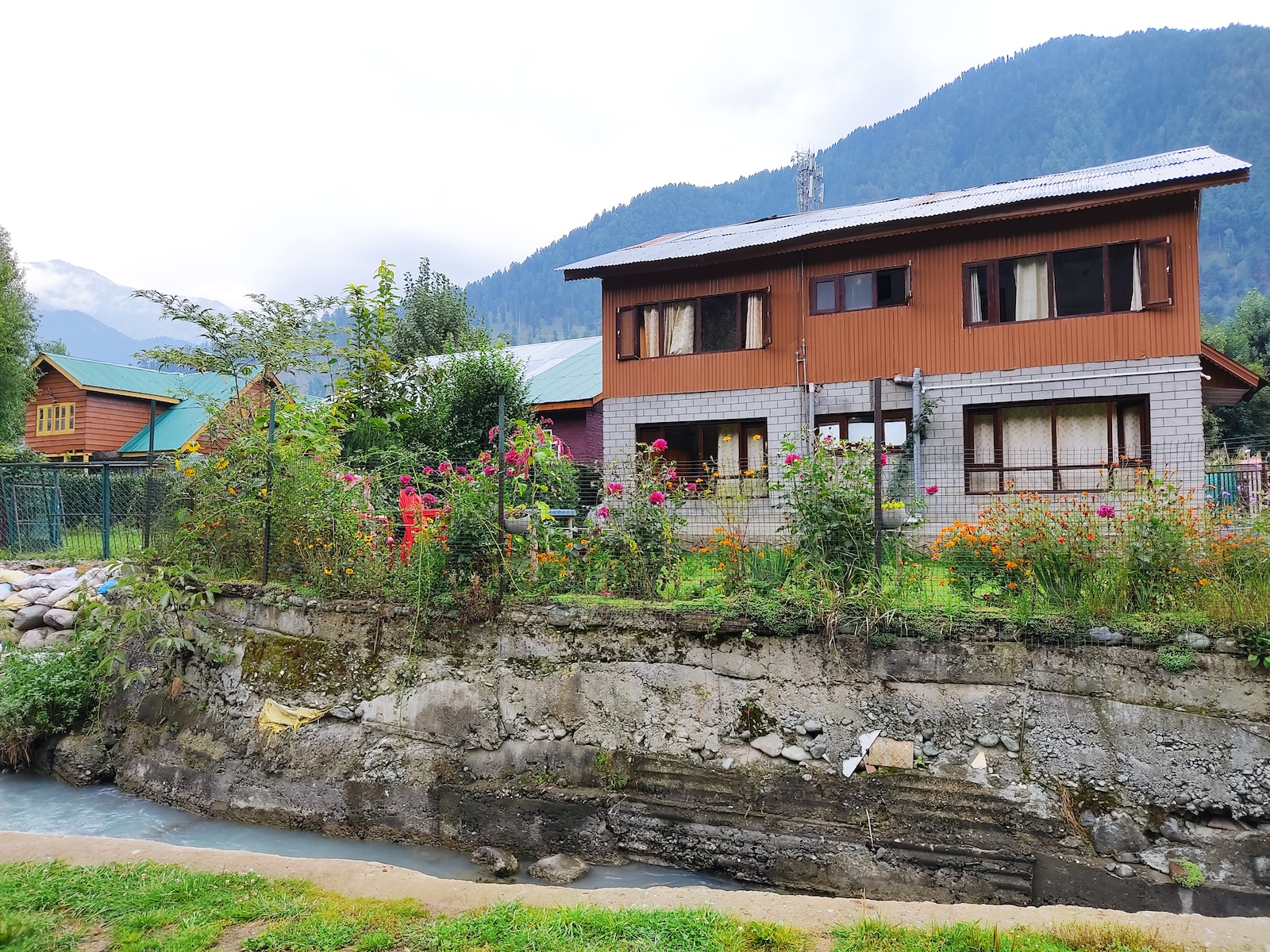
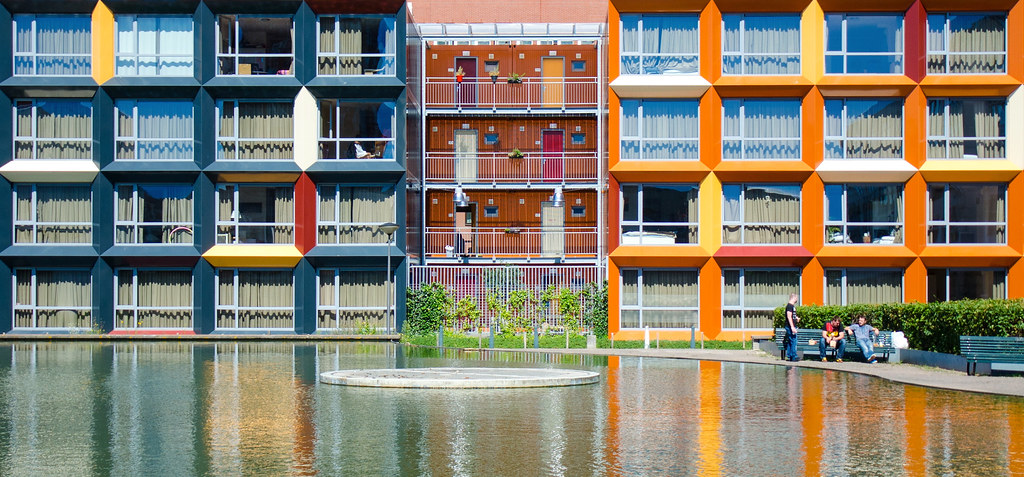
Find Us on Socials